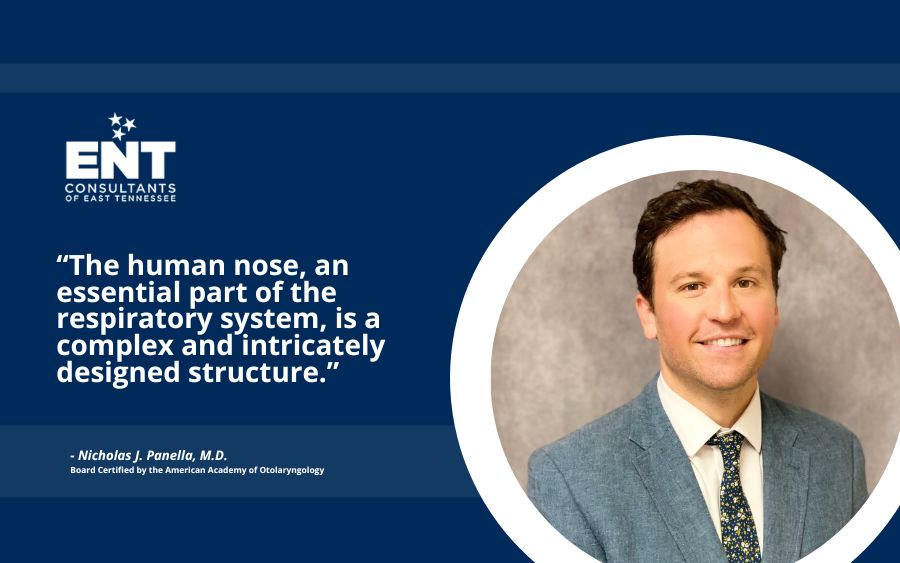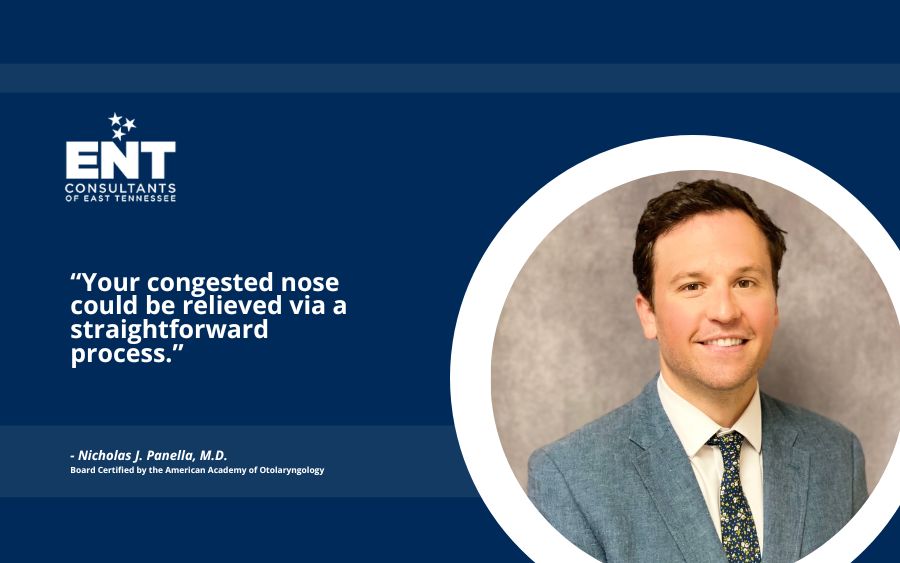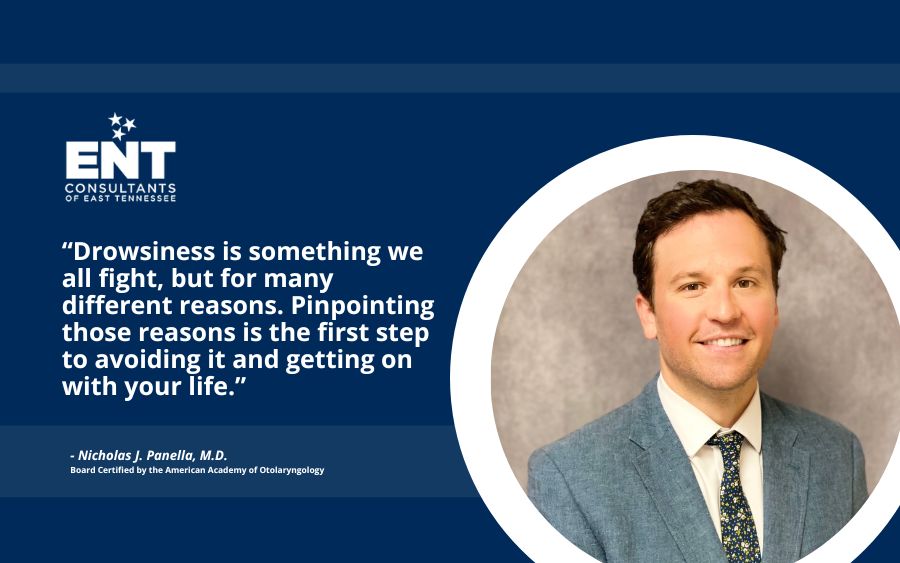The human nose, an essential part of the respiratory system, is a complex and intricately designed structure. It is responsible for facilitating the breathing process, filtering and conditioning the air we inhale, and enabling our sense of smell.
In this article, we will delve deeper into the anatomy of the nose, focusing on the septum, turbinates, and other related structures and their roles in maintaining a healthy respiratory system.
What Is the Nasal Cavity and What Is Its Purpose?
The nasal cavity is the large, air-filled space above and behind the nose. It is divided into two symmetrical compartments by the septum, with each compartment containing a series of structures that aid in the respiratory process.
The nasal cavity is lined with a mucous membrane, which is coated in a thin layer of mucus that traps particles and helps to humidify the air we breathe.
What Is the Septum?
The septum is a critical component of the nasal anatomy. Located in the middle of the nose, it serves as a partition that divides the nasal cavity into the left and right nostrils and consists primarily of cartilage, with a thin piece of bone included in its structure.
The cartilage at the front portion of the septum is known as the quadrangular cartilage, while the bone in the back part is made up of the perpendicular plate of the ethmoid bone and the vomer bone.
Is a Deviated Septum Harmful?
A deviated septum occurs when this partition becomes crooked or misaligned, often as a result of trauma or injury. The direction and extent of deviation can vary depending on the cause.
Sometimes, the septum takes the shape of a V, blocking one nostril completely. In other instances, it assumes an S shape, obstructing both nostrils.
A deviated septum can lead to breathing difficulties, snoring, sleep apnea, and increased susceptibility to sinus infections.
To assess the septum and its position, doctors use a nasal speculum. This non-invasive, simple tool lifts the soft tissues of the nose, allowing medical professionals to examine the septum and surrounding structures.
What Are Turbinates?
Turbinates are small, comma-shaped structures that protrude from the sidewalls of the nasal cavity. There are three pairs of turbinates: the superior, middle, and inferior turbinates.
These vital components of the nose play a significant role in conditioning the air we breathe before it reaches our lungs. The turbinates help to warm the air when it is cold, moisturize it, and filter allergens and other particles from it.
The turbinates are covered in a mucous membrane, which contains blood vessels and glands that help regulate temperature and humidity within the nasal cavity.
The cilia, tiny hair-like structures on the surface of the mucous membrane, move in coordinated waves to propel trapped particles and excess mucus toward the back of the throat, where it is eventually swallowed or expelled.
Can Turbinates Cause Issues?
Although turbinates are essential for our respiratory system, they can sometimes cause issues if they become enlarged or inflamed. This condition is known as turbinate hypertrophy.
When turbinates grow too large, they can obstruct the nasal passages and lead to difficulties in breathing, nasal congestion, and postnasal drip.
Explaining the Nasal Vestibule
The nasal vestibule is the entrance to the nasal cavity, situated within the nostrils. It is lined with skin and contains hair follicles and sebaceous glands.
The hairs, or vibrissae, act as a first line of defense, trapping larger particles before they can enter the nasal cavity. The sebaceous glands produce sebum, an oily substance that helps maintain the skin’s moisture and provides a protective barrier.
What Is Meant by the Term “External Nose”?
The external nose is made up of bone, cartilage, and skin. The upper portion, known as the nasal bridge, is supported by the nasal bones, while the lower, more flexible portion is formed by the lateral and alar cartilages.
The shape and size of the nose can vary significantly among individuals due to genetic and environmental factors.
What Is the Olfactory System?
Located in the roof of the nasal cavity, the olfactory system is responsible for our sense of smell. The olfactory epithelium, a specialized tissue containing olfactory receptor cells, detects odor molecules and transmits this information to the olfactory bulb, which then sends signals to the brain for interpretation.
What Are the Paranasal Sinuses and What Do They Do?
The paranasal sinuses are air-filled cavities surrounding the nasal cavity. There are four pairs of sinuses: the maxillary, frontal, ethmoid, and sphenoid sinuses.
These cavities help to reduce the weight of the skull, produce mucus, and contribute to the resonance of the voice. Sinusitis, the inflammation or infection of the sinuses, can cause symptoms such as facial pain, nasal congestion, and headaches.
The Importance of Understanding the Nose
Understanding the anatomy of the nose is crucial for both medical professionals and patients, as it helps in identifying and addressing potential issues. The septum, turbinates, and other structures within the nasal cavity play vital roles in our respiratory system, olfactory system, and overall health.
If you’re experiencing nasal issues or have concerns about your nasal health, don’t wait any longer.
Take action now and consult with a qualified ENT specialist who can provide a thorough examination, accurate diagnosis, and personalized treatment plan. Early intervention is key to preventing complications and ensuring your nose continues to function effectively.





